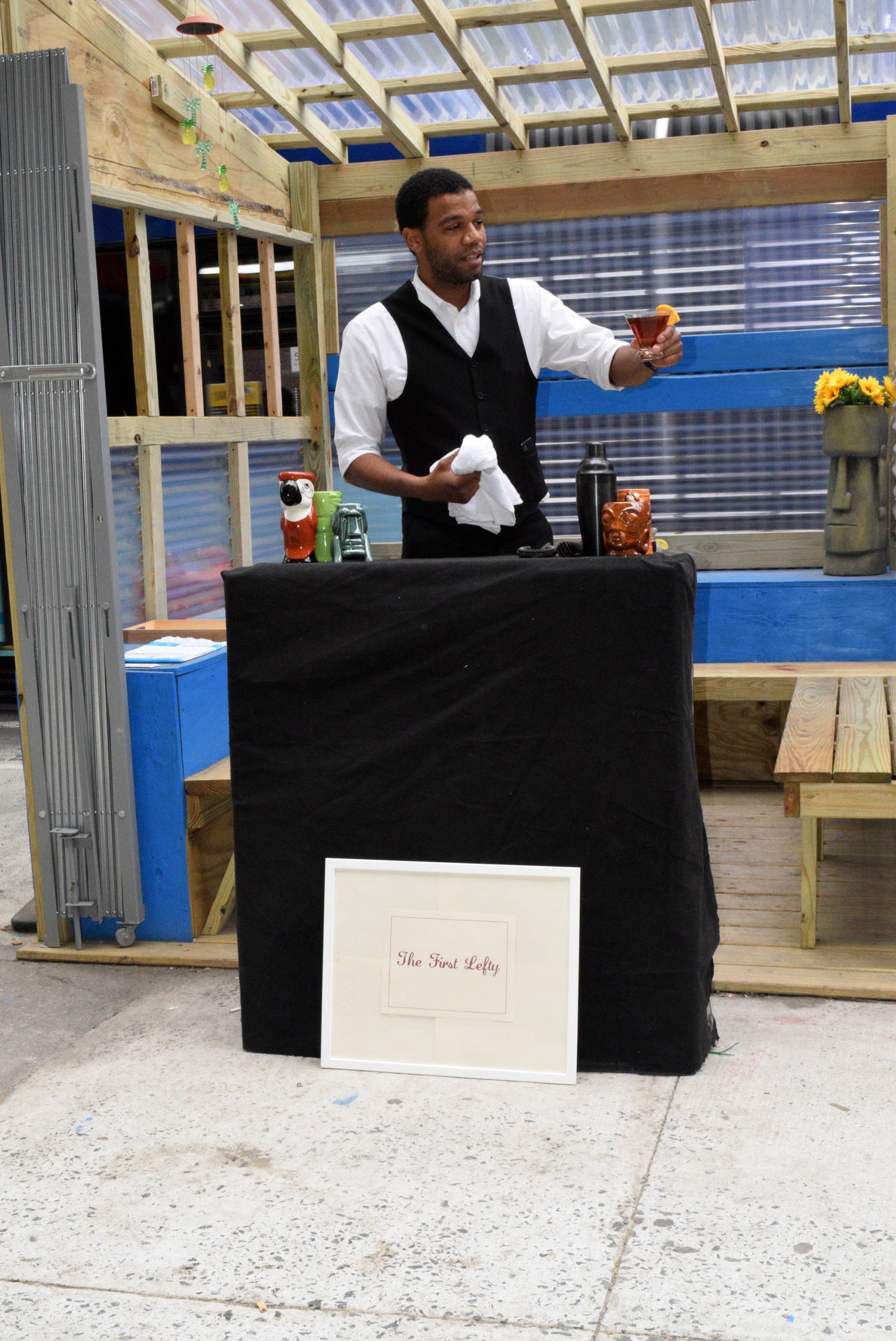Every year, during Art in Odd Places, I have transformative experiences that result from simply walking down 14th Street, looking at my fellow passersby and wondering, is this art or just daily life? Participating as an audience member in the festival always prompts me to look closer at each passing person, each object discarded on the ground, each poster taped on storefront. I love this act of searching for poetry in my surroundings. But on my festival walks up and down 14th street, whether I actually encounter an intentional performance or art installation becomes less important. The holistic understanding that we are all performing, and that our street lives in particular contain creative and transformative potential is a beautiful reminder of how art and daily life converge. During COVID-19, the streetscape has expanded into the everyday for almost all New Yorkers, serving as a home, a meeting space, a dining room, a place for intimacy, a salesroom, etc. The streets have stretched and shifted to fit our needs, and it’s this kind of creative extension that the artists in Art in Odd Places remind us is indeed possible.
This year’s festival questioned the idea of “normal,” a term which serves as an existential goalpost for our society to survive COVID, in order to somehow magically “return to normal.” The notion of going back to a previous state of normalcy implies that our world was previously one of safety, sanity, equity, or peace. How could we think that a future normal could ever emerge out of this painful present, this abnormal now? I welcomed the chance to grapple with these questions through my own experience of this year’s festival which was, by all accounts, not normal: I interacted with Art in Odd Places entirely online. Being out of the country, I was sad to miss the spontaneity of the festival and surprise performances. Usually, if I were not able to attend something in person, I would miss it. But in our days of Zooms and Instagram Lives, there are increased options for accessing art programs virtually. The festival did an excellent job of documenting projects in real time on Instagram and building a beautiful website with detailed information. I watched all of the documentations, but a few pieces stayed with me because they reminded me of the precarity of our current times and the way such uncertainty can produce both beauty and pain, comfort and constraint.
Intimate and embodied performances, like Latefy Dolley’s I Got You, yielded moments of intensity. Two nude Black men held each other for an extended period on The High Line, an embrace that was powerful in its vulnerability. In Assembling by Sari Nordman, female-identified performers dressed in red jumpsuits moved at a grueling slow pace, transitioning from reclining to crawling to balancing. Their bodies attempted to negotiate the asphalt and stone surfaces of the street, a potentially futile search for a space of comfort.

Then there were projects with discursive qualities, offering conversation as a way of connecting. I got a glimpse of The Modern Plague Doctor by Gretchen Vitamvas, who asked passersby how they were feeling and then handed out cards with herbal remedies related to their responses. It was a friendly way to connect and be honest about our fragile emotional and/or physical states. Robert Wallace’s The New Lefty was a conversation with himself while pouring drinks, telling a meandering story of travels, bumpy rides, and wandering thoughts. It made me think of the rambling conversations I had with myself in my head while in quarantine, imagining I’m sitting at a bar with a stranger exchanging long-winded personal tales.

The Instagram videos even had a sense of the streetscape imbued in them – you could hear the noises of the sidewalk, the conversations of people walking by, the music blaring from cars. It was not perfect documentation, and the unpolished qualities were things that I relished In, especially from the isolated perspective of me and my screen.
In the digital and online viewing era of COVID experience, I wondered if watching things like this were the new normal? Is there something about the accessibility of online platforms that will become solidified into our daily reality, and into our art reality? I left my festival experience feeling that watching in-person happenings online could be another actually meaningful way to connect – perhaps another form of experience that is emerging.

